Innovative Efforts Receive Spotlight at Inaugural Ceremony Highlighting Energy Efficiency, Conservation
/The Stamford 2030 District’s inaugural Change Makers Awards were presented this month, honoring projects and organizations excelling in four distinct areas: innovation in energy, water, transportation and sustainable technology. The awards ceremony captured some of the most innovative local project involving energy efficiency improvements, water retention methods and the promotion of safe multi-modal transportation. The award winners were:
- 400 Atlantic St. (The Landis Group) for Innovation in Energy;
- The Mill River Park and Greenway (Mill River Park Collaborative) for Innovation in Water;
- The Sharrow Network (city of Stamford and People Friendly Stamford) for Innovation in Transportation;
- Living Wall Project (JM Wright Technical School) for Innovation in Sustainability; and an honorable mention to 9 W. Broad St. Property LLC (Forstone) for its work with the C-PACE program.

The Stamford 2030 District is a collaborative, nationally recognized, but local community of high performance buildings in downtown Stamford that aims to dramatically reduce energy and water consumption and reduce emissions from transportation, while increasing competitiveness in the business environment and owners' returns on investment.
”We launched this program in October last year and it’s been amazing to see the commitment from the local community to start implementing changes," said Megan Saunders, Stamford 2030 executive director. "We went from zero to 34 members and have benchmarked six million square feet of their buildings. I’m excited to see what we’re able to collectively accomplish in the next year.”
The awards reception featured a keynote address by Brian Geller, founder of the first 2030 District and currently senior vice president, corporate sustainability, Citibank. The evening also featured a tribute to the Stamford 2030 District’s first year of accomplishments and a sneak peek at next year’s plans. Stamford 2030 is a collaboration between Connecticut Fund for the Environment, the Business Council of Fairfield County and a coalition of professional and community organizations.
 “I would like to congratulate all of the members of Stamford 2030 for joining together to make vital changes for our community," said Stamford Mayor David Martin. "The partners in Stamford 2030 have really stepped up for the success and sustainability of our city and the surrounding area. And they are not alone. For our part, the city is committed to improving storm resiliency and moving forward with the Energy Improvement District. We believe these efforts are tied to our economic development and ability to attract people to Stamford while conserving important natural resources, all necessary for sustained growth and prosperity.”
“I would like to congratulate all of the members of Stamford 2030 for joining together to make vital changes for our community," said Stamford Mayor David Martin. "The partners in Stamford 2030 have really stepped up for the success and sustainability of our city and the surrounding area. And they are not alone. For our part, the city is committed to improving storm resiliency and moving forward with the Energy Improvement District. We believe these efforts are tied to our economic development and ability to attract people to Stamford while conserving important natural resources, all necessary for sustained growth and prosperity.”
The Stamford 2030 District is an interdisciplinary public-private-nonprofit collaborative working to create a groundbreaking high performance building district in downtown Stamford. With the Architecture 2030 Challenge providing property performance targets, the Stamford 2030 District seeks to prove that high performing buildings are the most profitable buildings in Stamford. District Members will do this by developing realistic, measurable, and innovative strategies to assist district property owners, managers, and tenants in meeting aggressive goals that keep properties and businesses competitive while operating buildings more efficiently, reducing costs, and reducing the environmental impacts of facility construction, operation, and maintenance.
2030 Districts are also operating in the cities of Seattle, Cleveland, Pittsburgh, Los Angeles, Denver, San Antonio, San Francisco, Dallas, Toronto and Albuquerque.
https://youtu.be/mRMr88y8TMI
https://youtu.be/9s9yyI1_zdg


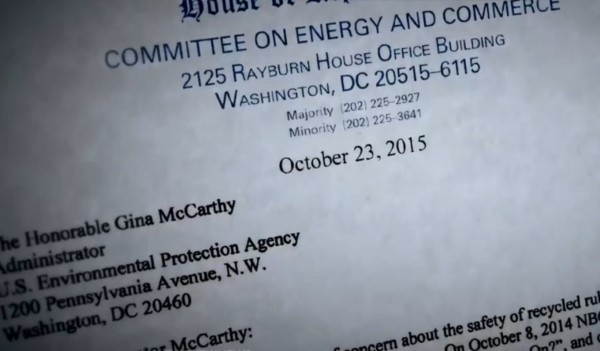







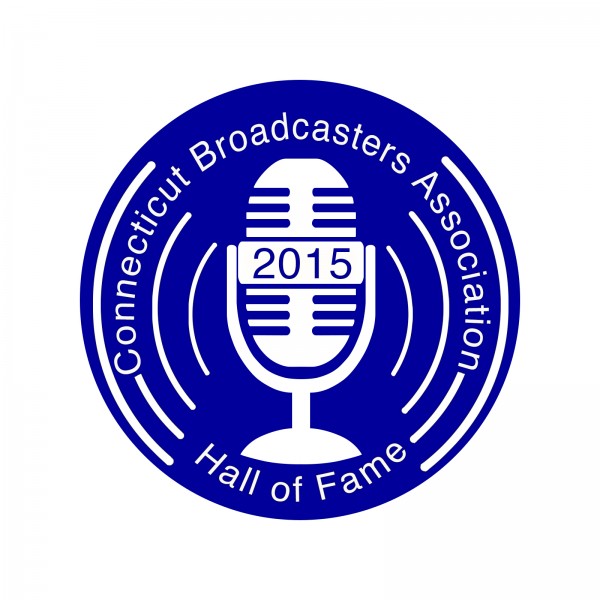
 k of Connecticut network.
k of Connecticut network.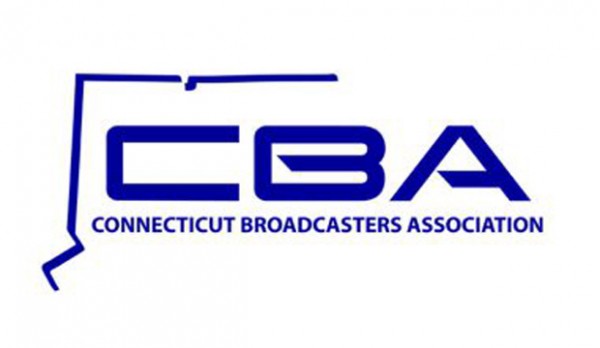 7 through 2006, and continues to consult. He has also served multiple terms as chairman of the NAB. Prior to founding NewCity Communications, he was president of Katz Broadcasting Co.
7 through 2006, and continues to consult. He has also served multiple terms as chairman of the NAB. Prior to founding NewCity Communications, he was president of Katz Broadcasting Co.
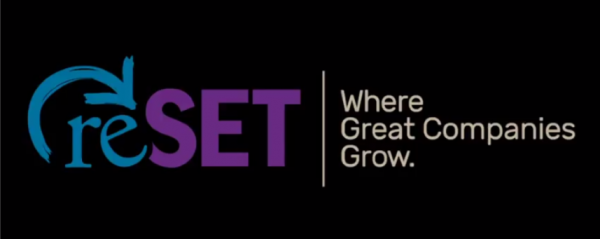







 When asked in the survey about factors that influence their giving, the biggest portion, 68 percent, said it is very important the charity has evidence that its programs are effective. The other factors, in addition to the 50 percent who favored low overhead spending: the charity gets good ratings from watchdogs, 54 percent; it works on a cause that has affected me or my loved ones, 39 percent; it only occasionally asks for money, 27 percent; and I know people who work there, 24 percent.
When asked in the survey about factors that influence their giving, the biggest portion, 68 percent, said it is very important the charity has evidence that its programs are effective. The other factors, in addition to the 50 percent who favored low overhead spending: the charity gets good ratings from watchdogs, 54 percent; it works on a cause that has affected me or my loved ones, 39 percent; it only occasionally asks for money, 27 percent; and I know people who work there, 24 percent.

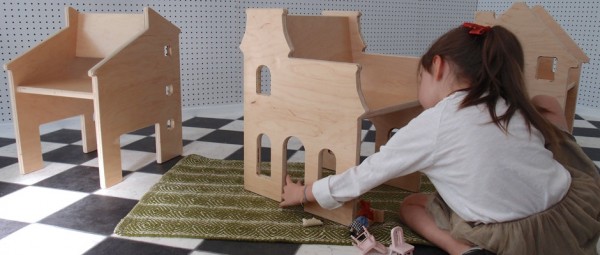

 Increasing College Retention for Minority Women in the Greater Hartford area. This new program will provide a stipend for USJ Latina students to complete an internship at either the Connecticut Department of Children and Families or the USJ Gengras Center. It will also provide inspiration to Bulkeley high school girls to hear from the USJ students about exploring careers and remaining in school.
Increasing College Retention for Minority Women in the Greater Hartford area. This new program will provide a stipend for USJ Latina students to complete an internship at either the Connecticut Department of Children and Families or the USJ Gengras Center. It will also provide inspiration to Bulkeley high school girls to hear from the USJ students about exploring careers and remaining in school. It all began in the summer of 1953, when David N. Mullany, grandfather of the current company owners (brothers David and Stephen) was watching his 12 year old son and a friend play a game in their backyard in Fairfield, using a perforated plastic golf ball and a broomstick handle. They had given up on baseball and softball - not enough players for two teams, not enough space for a field, and too many broken windows.
It all began in the summer of 1953, when David N. Mullany, grandfather of the current company owners (brothers David and Stephen) was watching his 12 year old son and a friend play a game in their backyard in Fairfield, using a perforated plastic golf ball and a broomstick handle. They had given up on baseball and softball - not enough players for two teams, not enough space for a field, and too many broken windows.
 Established in 1998, the
Established in 1998, the 


























